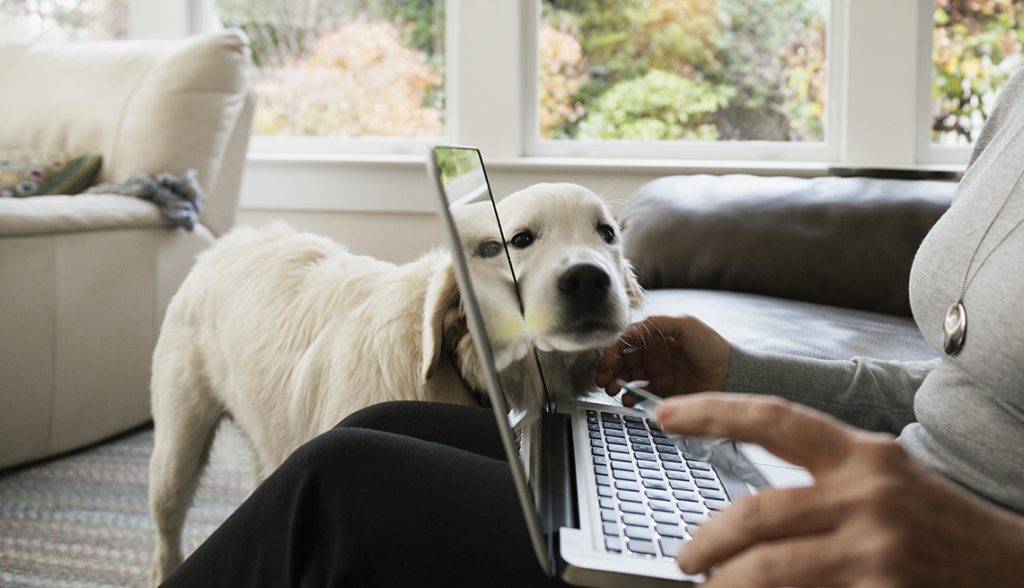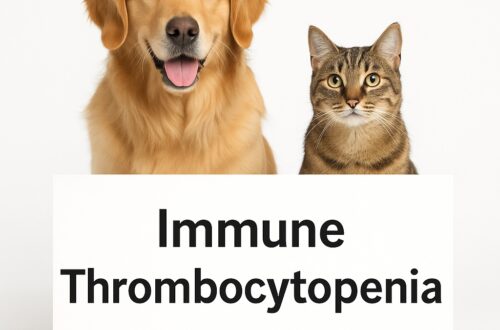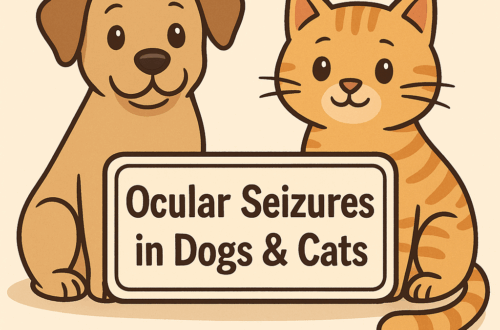Unquestionably our lives have temporarily changed due to the COVID19 pandemic. Most states have stay-at-home and shelter-in-place orders in effects. We’re spending more time at home with our two-legged and four-legged family members. Essential businesses are allowed to operate, but we’re practicing social distancing when patronizing these establishments. As I discussed last week, veterinary team are still helping sick pets. One of the ways they’re meeting the healthcare needs of cats and dogs is through telemedicine. So, this week I wanted to dedicate some time to sharing more information about telemedicine in hopes that it may help some pet owners get expert medical advice from veterinarians without leaving the comfort of their homes.

Telemedicine – What is it?
Oxford’s English Dictionary defines telemedicine as “the remote diagnosis and treatment of patients using telecommunications.” Veterinarians can provide care for patients when they are not physically present with pets and their owners. Modern technology has undoubtedly made healthcare more accessible and potentially more cost-effective.
In veterinary medicine, veterinarians and pet owners can share information in real time from one digital device to another. Using special software, pet owners can use telemedicine to send important information about their pets, and veterinarians may be able to make diagnoses and/or treatment recommendations without pets visiting veterinary hospitals. But there’s one very important caveat: there must be a valid veterinarian-client-patient relationship or VCPR.

What is a VCPR?
A VCPR is the basis for interaction among veterinarians, pet owners (aka clients), and pets (of course, the patients). It has five basic elements:
- The veterinarian assumes the responsibility for the animal’s health
- The client (owner) agrees to comply with the veterinarian’s instructions
- The veterinarian has sufficient knowledge of the animal(s) to make a general diagnosis
- The veterinarian assumes responsibility for follow-up care, including adverse reactions and/or treatment failures
- The veterinarian maintains patient records
Most states, as well as the American Veterinary Medical Association’s Principles of Veterinary Medical Ethics, require a VCPR for a veterinarian to diagnose, prescribe medication, and/or otherwise treat animals. This applies to telemedicine as well. The exception is advice given in an emergency situation until a pet can be physically evaluated by a veterinarian.
Has COVID-19 changed telemedicine?
Under normal circumstances, any advice must be general and not specific to a patient, diagnosis, or treatment without a valid VCPR. With a valid VCPR, telemedicine can augment the traditional practice of veterinary medicine. But, I think we’d all agree these times are anything from normal.
On 24 March 2020, the US Food and Drug Administration released a statement indicating they were temporarily easing restrictions on veterinarians to allow them to more easily use telemedicine to treat pets during the COVID19 pandemic. Specifically, they suspended rules that require veterinarians to physically examine pets, thus allowing them to prescribe drugs with a video examination. The temporary change limits human-to-human interaction and the potential spread of COVID-19.
“The FDA is providing flexibility that will help veterinarians maintain the health of animals during the pandemic, while allowing for the social distancing that is so important in limiting the further spread of coronavirus disease across the country and the world.”
Stephen M. Hahn, MD, FDA Commissioner

Although the FDA temporarily suspended certain federal VCPR requirements, veterinarians must still comply with respective state’s VCPR requirements. Owners are strongly encouraged to speak with their pet’s veterinarians to determine if telemedicine is available to them.
The take-away message about telemedicine for cats and dogs…
Telemedicine has a definite place in the practice of veterinary medicine. The COVID-19 pandemic has brought that role to the forefront. The healthcare needs of pets don’t change because of a mandate to practice social distancing. Telemedicine offers an opportunity to safely meet some of their needs.
Wishing you wet-nosed kisses,
CriticalCareDVM






